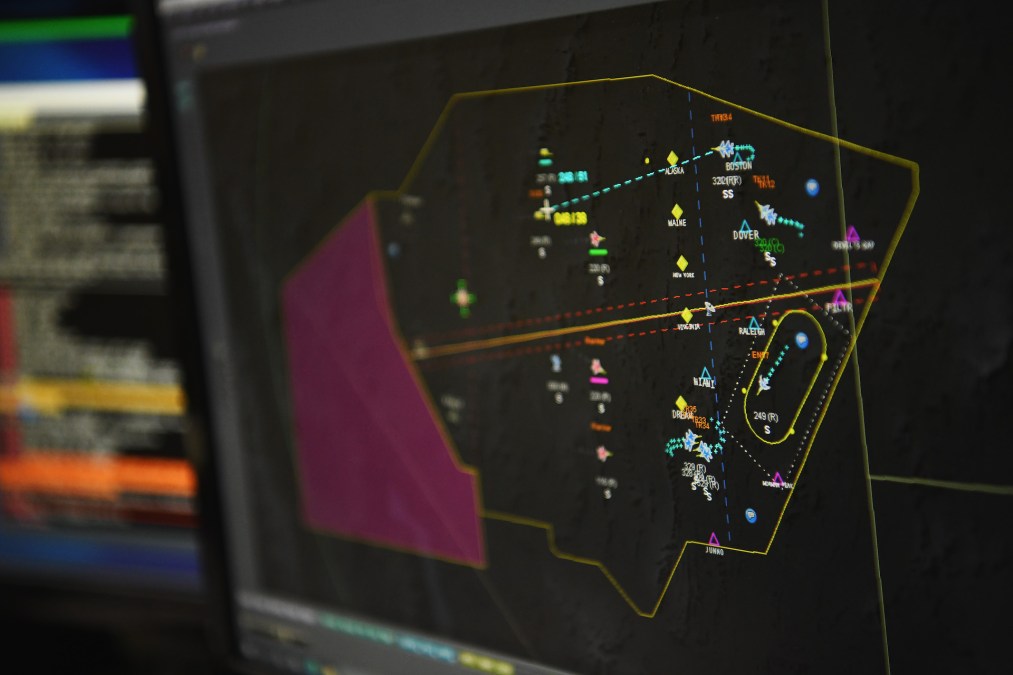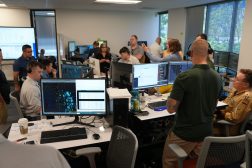Air Force issues presolicitation for next-gen target tracking

The Department of the Air Force released a presolicitation Tuesday as it looks for new target-tracking capabilities fueled by AI and other cutting-edge technologies.
The Air Force plans to spend approximately $99 million on the multiyear innovation effort and multiple awards are anticipated, according to the announcement.
The department is seeking research to “design, develop, test, evaluate, and deliver innovative technologies and techniques for Next Generation Target Tracking architectures, which exploit a wide array of data sources and leverage the power of Artificial Intelligence (AI), Machine Learning (ML), and Machine Inferencing (MI) algorithms in a High Performance Computing (HPC) enabled framework,” per the presolicitation.
That includes 3D pixel, vector, and point cloud processing and accelerations, as well as methods to use AI and machine learning for “identification, classification and pattern learning that inference over information from multiple data modalities” such as open-source intelligence, signals intelligence, imagery and geospatial intelligence.
The Air Force Research Lab, which will oversee the effort, also seeks tools to aid the ingestion and processing of GPS, non-GPS, inertial navigation system, radio frequency identification trackers, or telematic-based data into “traffic tracks that can measure utilization of lines of communication,” according to the announcement.
Additionally, the lab is interested in capabilities that can process cellphone GPS and non-GPS data — such as inertial navigation systems, accelerometers, altimeters and personal fitness devices. The technology could help first responders locate vulnerable individuals in disaster areas, Air Force officials say.
Successes prototyping efforts that are funded through other transaction agreements could result in awards for follow-on production contracts, the presolicitation noted.
Vendors seeking funding for fiscal 2025 are advised to submit their white papers by Nov. 30.
Next-generation target tracking is a top modernization priority for the Air Force. For example, a command, control, communications and battle management (C3BM) system for moving target indication is one of two programs that the department recently initiated through a Quick Start rapid acquisition authority granted by Congress in the fiscal 2024 National Defense Authorization Act. It’s aiming to field the first increment in 2027.
Although the service is trying to deploy next-generation target tracking capabilities faster, acquisition chief Andrew Hunter told lawmakers that fully building out a new networking architecture to support those types of tools will take some time.
“If you start talking about really being able to do entire mission threads at scale, anywhere in the world, it’s going to be another few years before we can really say we’ve rolled that out to the warfighter,” he said at a Senate Armed Services Committee hearing in May.






